How to Install a Kitchen Sink Drain
If you're looking to upgrade your kitchen sink or just need to replace a broken drain, it's important to know how to properly install a kitchen sink drain. This is a relatively simple task that can be done in just a few steps.
First, you'll need to gather your materials. This includes a new drain, plumber's putty, and a wrench. Once you have everything you need, you can begin the installation process.
Start by removing the old drain. Use your wrench to loosen the nuts and remove the old drain from the sink. Next, clean the area where the old drain was attached to ensure a secure fit for the new one.
Now, take your new drain and apply a layer of plumber's putty around the rim. This will create a seal between the drain and the sink. Place the drain into the hole in the sink and tighten the nut from underneath to secure it in place.
Finally, connect the drain pipe to the bottom of the drain and tighten the nuts. Check for any leaks and make sure the drain is securely in place. Congratulations, you have successfully installed a kitchen sink drain!
How to Install a Kitchen Sink Drain with a Dishwasher
If you have a dishwasher in your kitchen, it's important to know how to properly install a kitchen sink drain that accommodates this appliance. The process is similar to a regular drain installation, with a few additional steps.
In addition to the materials mentioned above, you will also need a dishwasher installation kit. This includes a dishwasher connector, hose clamp, and dishwasher tailpiece. Once you have everything you need, you can begin the installation process.
Start by following the steps outlined in the previous section to install the drain. Once the drain is in place, you will need to attach the dishwasher connector to the side of the drain that will connect to the dishwasher. This will allow the dishwasher to drain into the sink.
Next, connect the dishwasher tailpiece to the other side of the drain and secure it with a hose clamp. This will allow the dishwasher to drain into the sink without any interference from the regular drain. Test for any leaks and make sure the dishwasher is properly draining into the sink.
How to Install a Kitchen Sink Drain with a Garbage Disposal
If you have a garbage disposal in your kitchen sink, the installation process for the drain will be slightly different. It's important to follow the proper steps to ensure your garbage disposal and drain work together seamlessly.
Similar to installing a drain with a dishwasher, you will need a garbage disposal installation kit in addition to the materials mentioned above. This includes a garbage disposal mounting hardware, disposal connector, and disposal elbow.
Start by installing the drain as outlined in the first section. Next, install the garbage disposal according to the manufacturer's instructions. Once the disposal is in place, attach the disposal connector to the side of the drain that will connect to the disposal. Then, attach the disposal elbow to the other side of the drain and secure it with a hose clamp.
Test for any leaks and make sure the disposal is properly draining into the sink. If everything is working correctly, you have successfully installed a kitchen sink drain with a garbage disposal.
How to Unclog a Kitchen Sink Drain
Dealing with a clogged kitchen sink drain can be a frustrating experience. However, there are a few methods you can try to unclog the drain before calling a plumber.
The first method is to use a plunger. Make sure there is enough water in the sink to cover the bell of the plunger. Place the plunger over the drain and push down and up repeatedly. This should create suction and help to dislodge the clog.
If the plunger doesn't work, you can try using a drain snake. Insert the snake into the drain and turn it clockwise while pushing it down the drain. This will help to break up and remove any clogs.
Another method is to use a mixture of baking soda and vinegar. Pour half a cup of baking soda down the drain, followed by half a cup of vinegar. Let it sit for a few minutes, then pour hot water down the drain to flush out the clog.
How to Clean a Kitchen Sink Drain
Regularly cleaning your kitchen sink drain is important to prevent clogs and keep your sink smelling fresh. There are a few simple methods you can use to clean your drain.
The first method is to use a mixture of baking soda and salt. Pour half a cup of baking soda and half a cup of salt down the drain. Then, pour boiling water down the drain to flush out any buildup and residue.
You can also use a mixture of vinegar and hot water to clean the drain. Pour a cup of vinegar down the drain, followed by a pot of hot water. This will help to break down any grease or buildup in the drain.
Another method is to use a commercial drain cleaner. Make sure to follow the instructions carefully and only use the recommended amount. These cleaners can be effective, but they can also be harmful to the environment and your pipes if not used correctly.
How to Replace a Kitchen Sink Drain
If your kitchen sink drain is old or damaged, it may need to be replaced. This is a simple process that can be done in just a few steps.
Start by following the steps outlined in the first section to remove the old drain. Next, clean the area where the old drain was attached to ensure a secure fit for the new one.
Apply plumber's putty to the rim of the new drain and place it into the sink hole. Secure it in place by tightening the nut from underneath. Then, attach the drain pipe to the bottom of the new drain and tighten the nuts.
Test for any leaks and make sure the new drain is securely in place. You have now successfully replaced your kitchen sink drain.
How to Fix a Leaky Kitchen Sink Drain
A leaky kitchen sink drain can be a nuisance and can also waste water. Luckily, fixing a leaky drain is a simple process that can be done in just a few steps.
The first step is to identify where the leak is coming from. It could be from the top of the drain, the connection between the drain and the sink, or the connection between the drain pipe and the bottom of the drain.
If the leak is coming from the top of the drain, you can try tightening the nut underneath to secure it. If the leak is coming from the connection between the drain and the sink, you may need to remove the drain and reapply plumber's putty to create a better seal.
If the leak is coming from the connection between the drain pipe and the bottom of the drain, you may need to replace the drain pipe or use some plumbers tape to create a better seal.
Test for any leaks after making the necessary adjustments. If the leak persists, it may be best to call a plumber to assess the situation.
How to Install a Kitchen Sink Drain Pipe
If you're installing a new kitchen sink, you will also need to install a new drain pipe. This is a simple process that can be done in a few steps.
Start by attaching the bottom of the drain pipe to the drain. Then, connect the other end to the main drain line. Make sure to tighten the nuts securely to prevent any leaks.
If your sink has a garbage disposal, you will also need to connect the disposal pipe to the main drain line. This will allow the disposal to drain into the main line without any interference from the regular drain.
Test for any leaks and make sure the drain pipe is securely in place. Congratulations, you have successfully installed a kitchen sink drain pipe!
How to Vent a Kitchen Sink Drain
Venting a kitchen sink drain is an important step in the installation process. This allows for proper air flow and prevents any negative pressure from building up in the pipes.
The best way to vent a kitchen sink drain is to connect it to the main vent stack. This is the vertical pipe that runs from the main sewer line to the roof of your house. You can install a T-fitting on the main vent line and connect the kitchen sink drain pipe to it.
If this is not possible, you can also install an air admittance valve under the sink. This will allow air to enter the drain and prevent any negative pressure from building up.
Properly venting your kitchen sink drain is important for the overall functionality of your plumbing system. Make sure to follow local building codes and regulations when venting your drain.
How to Troubleshoot Kitchen Sink Drain Problems
If you're experiencing issues with your kitchen sink drain, it's important to know how to troubleshoot and identify the problem. This will help you determine if you can fix it yourself or if you need to call a plumber.
Some common problems with kitchen sink drains include clogs, leaks, and slow draining. Refer to the previous sections for tips on how to deal with these issues.
If you're unsure of the cause of the problem, you can try using a drain camera to inspect the inside of the pipes. This will help you identify any blockages or damage that may be causing the issue.
If you're unable to fix the problem yourself, it's best to call a professional plumber. They will have the necessary tools and expertise to properly diagnose and fix any issues with your kitchen sink drain.
The Importance of Proper Ventilation for Kitchen Sink Drains
/how-to-install-a-sink-drain-2718789-hero-b5b99f72b5a24bb2ae8364e60539cece.jpg)
Why Do Kitchen Sink Drains Need Vents?
 When designing a house, many homeowners often overlook the importance of proper ventilation for their kitchen sink drains. However, this seemingly small detail can have a huge impact on the functionality and health of your plumbing system.
Kitchen sink drains need vents for several reasons:
When designing a house, many homeowners often overlook the importance of proper ventilation for their kitchen sink drains. However, this seemingly small detail can have a huge impact on the functionality and health of your plumbing system.
Kitchen sink drains need vents for several reasons:
1. Preventing Clogs
 One of the main reasons why kitchen sink drains need vents is to prevent clogs. When water flows down the drain, it creates a vacuum that can slow down or even stop the water from draining properly. This can lead to clogs and backups in your sink. A vent allows air to enter the plumbing system, balancing the pressure and allowing water to flow freely.
One of the main reasons why kitchen sink drains need vents is to prevent clogs. When water flows down the drain, it creates a vacuum that can slow down or even stop the water from draining properly. This can lead to clogs and backups in your sink. A vent allows air to enter the plumbing system, balancing the pressure and allowing water to flow freely.
2. Eliminating Odors
 Without proper ventilation, the air in your plumbing system can become stagnant and produce foul odors. These odors can then seep into your kitchen and create an unpleasant living environment. A vent allows for proper air circulation, preventing any foul smells from lingering in your kitchen.
Without proper ventilation, the air in your plumbing system can become stagnant and produce foul odors. These odors can then seep into your kitchen and create an unpleasant living environment. A vent allows for proper air circulation, preventing any foul smells from lingering in your kitchen.
3. Protecting Your Health
 Another important reason for having vents in your kitchen sink drains is to protect your health. Without proper ventilation, harmful gases such as methane and carbon monoxide can build up in your plumbing system. These gases can be dangerous and even deadly if inhaled in large quantities. A vent helps to release these gases safely to the outside.
Another important reason for having vents in your kitchen sink drains is to protect your health. Without proper ventilation, harmful gases such as methane and carbon monoxide can build up in your plumbing system. These gases can be dangerous and even deadly if inhaled in large quantities. A vent helps to release these gases safely to the outside.
4. Maintaining Water Flow
 In addition to preventing clogs, vents also help to maintain the flow of water in your plumbing system. Without a vent, water can become stagnant and lead to bacterial growth, which can cause health issues and damage to your pipes. A well-ventilated plumbing system ensures a steady flow of water, keeping your pipes clean and free from bacteria.
In addition to preventing clogs, vents also help to maintain the flow of water in your plumbing system. Without a vent, water can become stagnant and lead to bacterial growth, which can cause health issues and damage to your pipes. A well-ventilated plumbing system ensures a steady flow of water, keeping your pipes clean and free from bacteria.
Conclusion
 In conclusion, proper ventilation for kitchen sink drains is crucial for maintaining a functional and healthy plumbing system. It not only prevents clogs and odors but also protects your health and maintains water flow. When designing your house, make sure to include vents for your kitchen sink drains to ensure a smooth and hassle-free plumbing system.
In conclusion, proper ventilation for kitchen sink drains is crucial for maintaining a functional and healthy plumbing system. It not only prevents clogs and odors but also protects your health and maintains water flow. When designing your house, make sure to include vents for your kitchen sink drains to ensure a smooth and hassle-free plumbing system.





:max_bytes(150000):strip_icc()/how-to-install-a-sink-drain-2718789-hero-24e898006ed94c9593a2a268b57989a3.jpg)






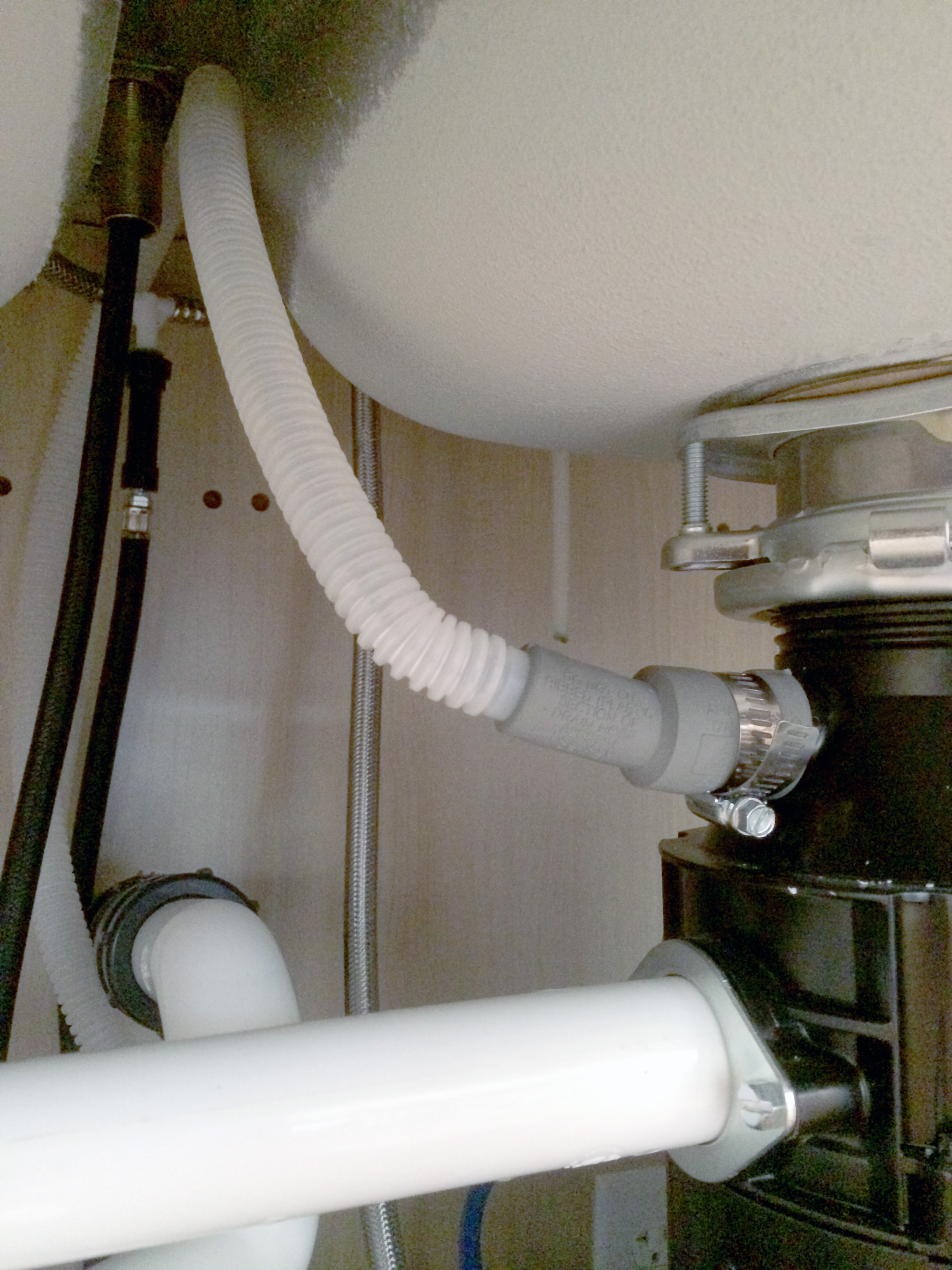


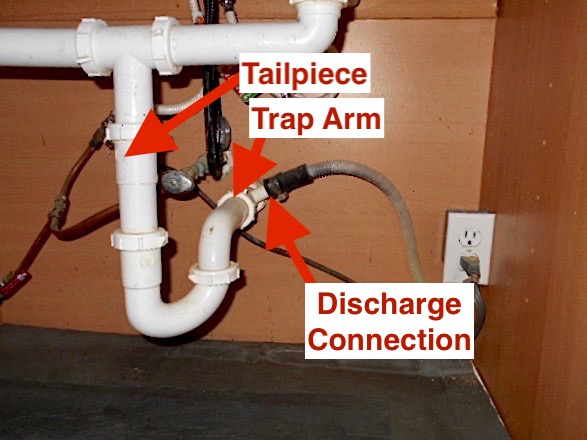









/how-to-install-a-sink-drain-2718789-hero-24e898006ed94c9593a2a268b57989a3.jpg)
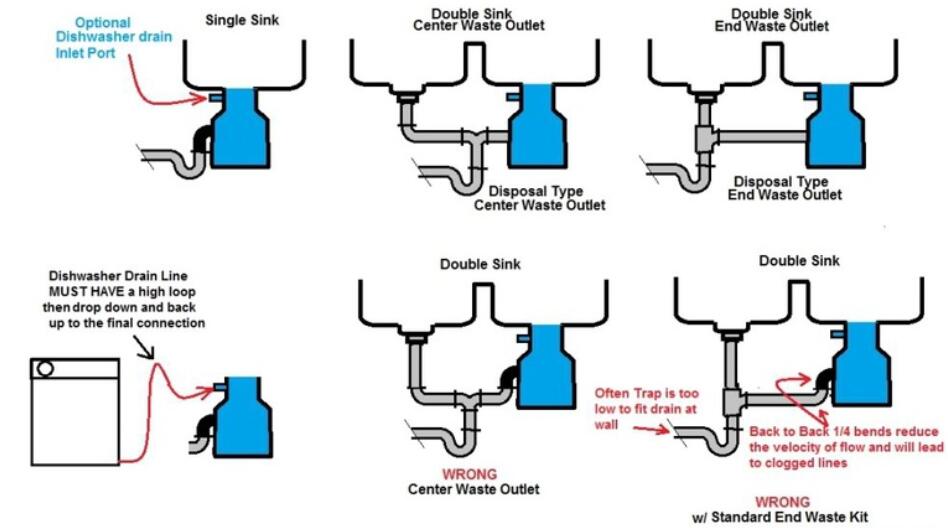







:max_bytes(150000):strip_icc()/freshen-and-unclog-drain-with-baking-soda-1900466-22-bbf940b70afa4d5abef0c54da23b1d3f.jpg)




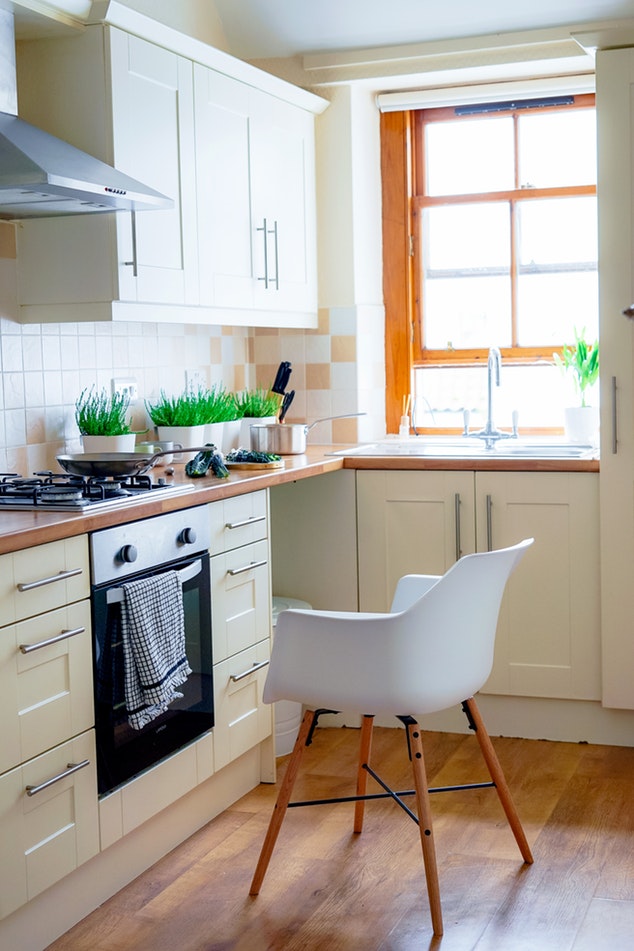



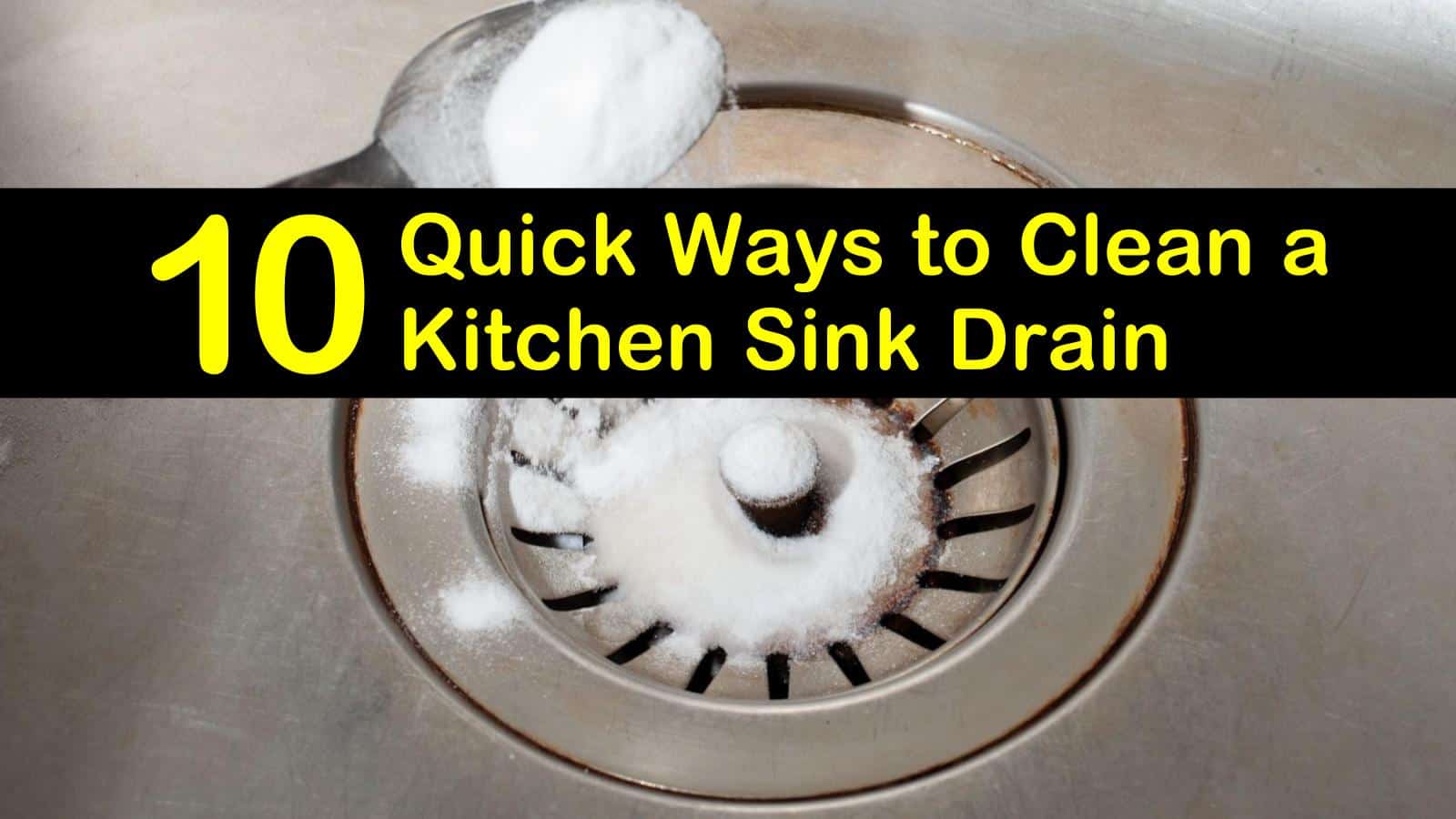


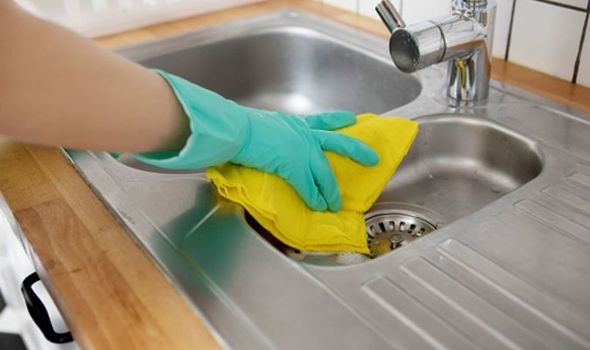


:max_bytes(150000):strip_icc()/how-to-clean-a-kitchen-sink-and-drain-01-5660035-a1d8afe3894346f9a579e66c55e64b7d.jpg)



















































